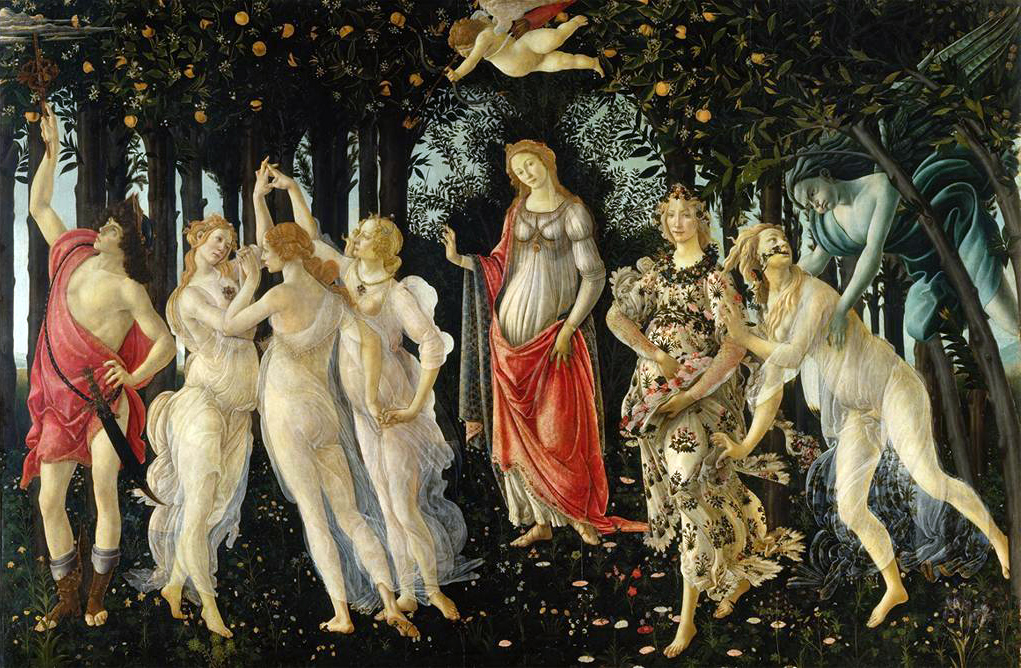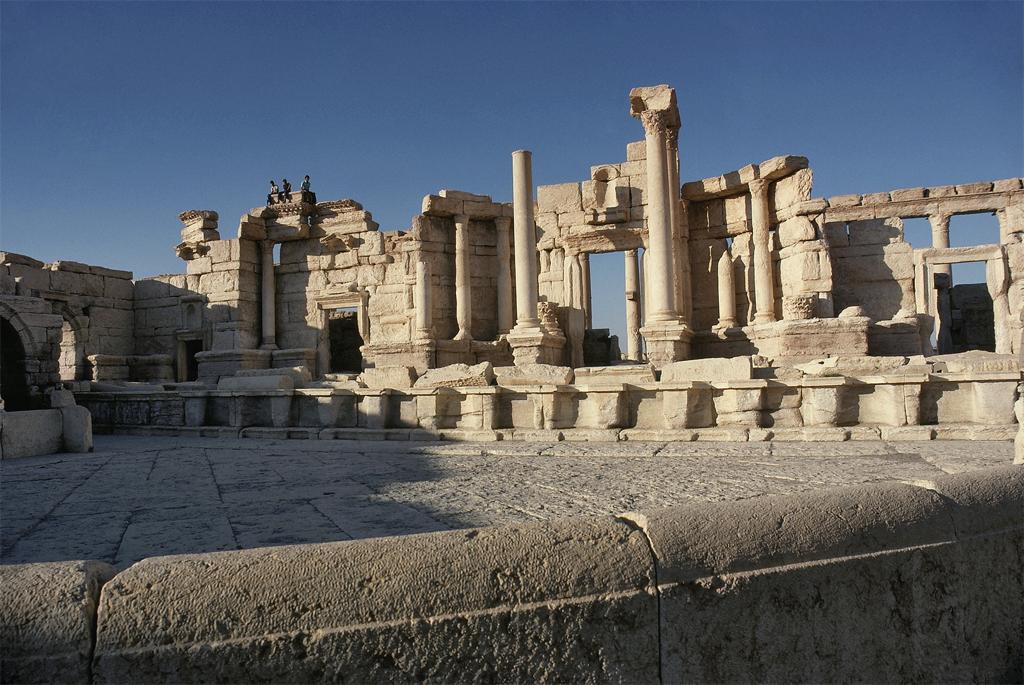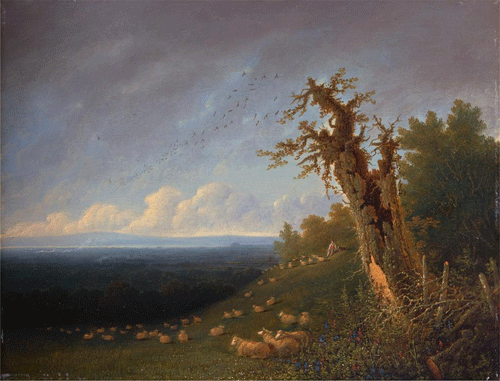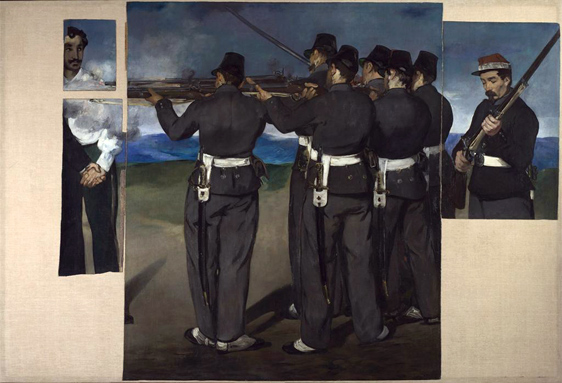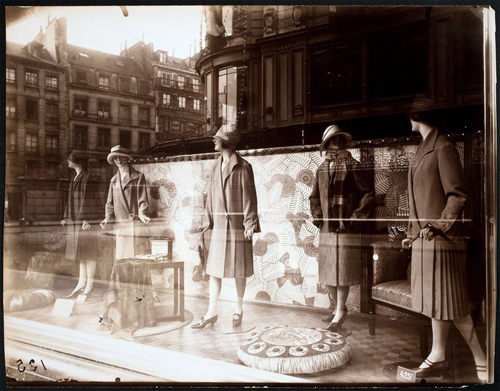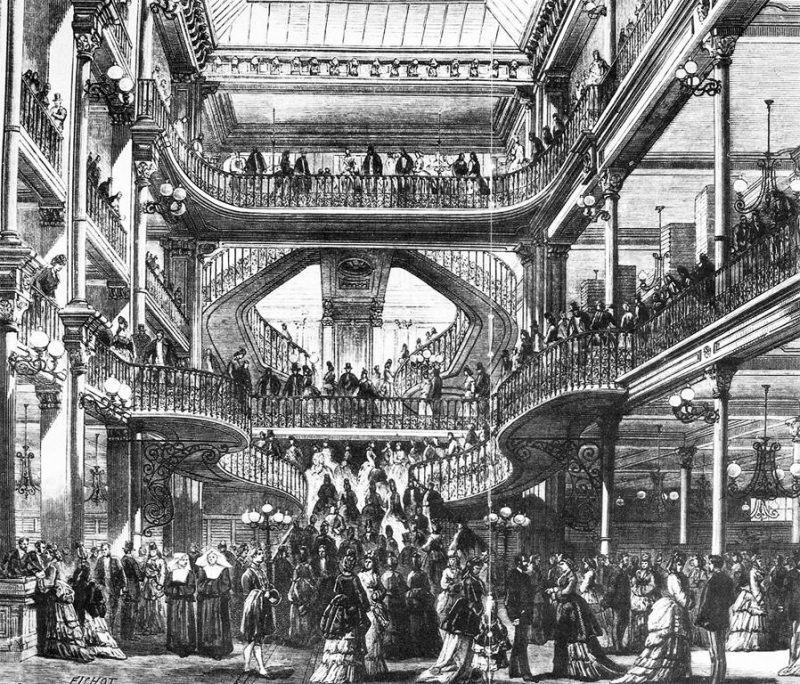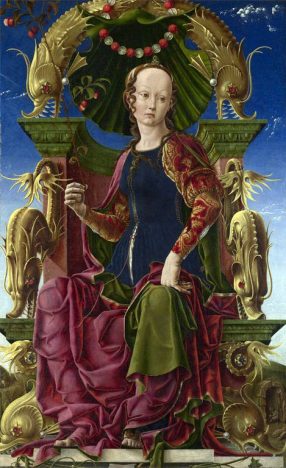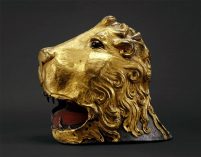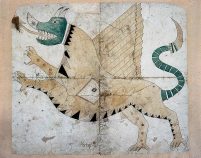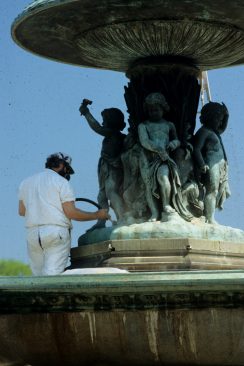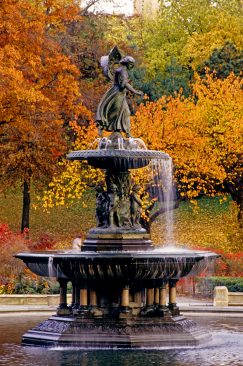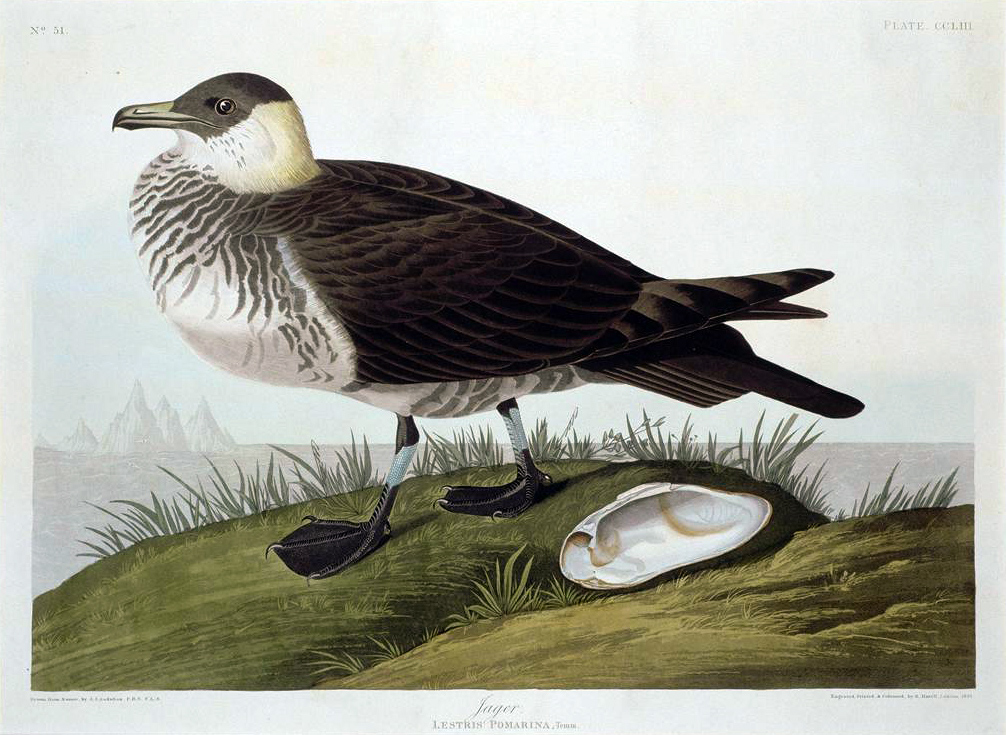
Attributed to John James Audubon, Pomarine Jager; Lestris Pomarinus, 1827-38. Image and original data provided by Réunion des Musées Nationaux / Art Resource, N.Y.; artres.com
No doubt you are familiar with the work of the renowned wildlife artist John James Audubon, most likely his famous prints from The Birds of America. But did you know he wasn’t the only artist in the family? His son, John Woodhouse Audubon, spent much of his career supporting the work of his father, but he made a valuable contribution to wildlife documentation himself. (You can compare the two Audubons’ styles in the images below: the father’s are on the left, the son’s on the right.)




